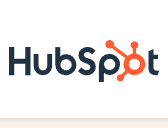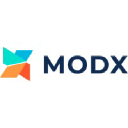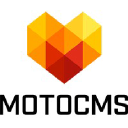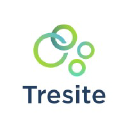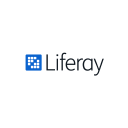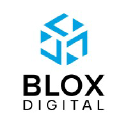
Figma
Figma: The Collaborative Interface Design Tool
Figma is a collaborative interface design tool that allows teams to design, prototype, and gather feedback all in one place. It enables designers to:
- Design interfaces with powerful vector tools
- Prototype interactions to test user flows
- Collaborate with team members in real-time
- Gather feedback from stakeholders
Key Features
| Feature | Description |
|---|---|
| Multiplayer Editing | Multiple designers can work together in the same file simultaneously |
| Components and Styles | Create reusable components and styles for consistent design |
| Prototyping | Build interactive prototypes to test user flows and gather feedback |
| Developer Handoff | Generate CSS, iOS, and Android code for developers to implement designs |
| Version Control | Track changes and revert to previous versions of designs |
Trusted by Top Companies
Figma is used by leading companies around the world, such as:- Microsoft
- Uber
- Airbnb
- Slack
- Dropbox
Getting Started
To start using Figma:- Sign up for a free account
- Invite team members to collaborate
- Create a new file and start designing
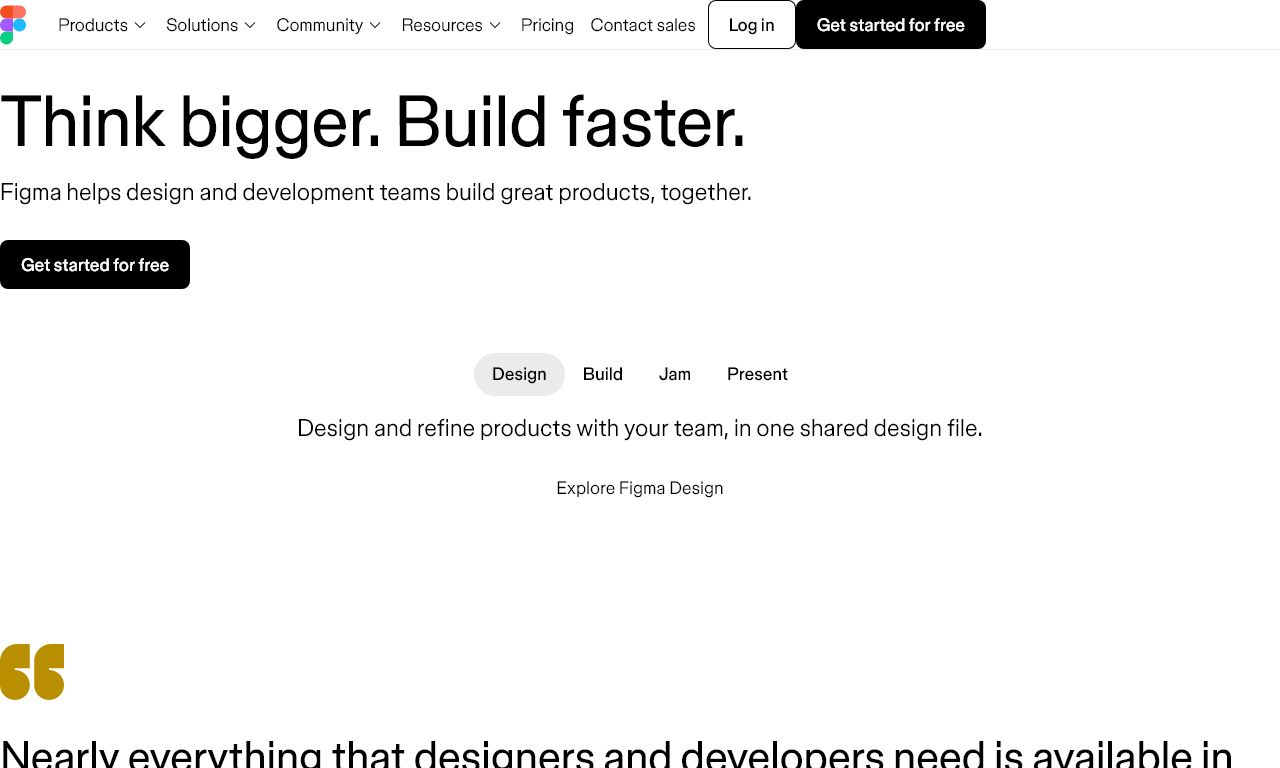
Figma
Figma, primarily known as a collaborative design tool, has recently expanded its capabilities to include content management features, making it an intriguing option for teams looking to streamline their design and content workflows.
In this review, we'll explore Figma's potential as a content management system and evaluate its strengths and limitations in this new role.
1. Overview and purpose of the CMS
Figma is primarily a collaborative design platform that has expanded its functionality to include content management features.
Its purpose as a CMS is to provide a seamless integration between design and content creation, allowing teams to manage both aspects in a single environment.
This unique approach aims to bridge the gap between designers and content creators, potentially reducing workflow friction and improving productivity.
2. User interface and ease of use
Figma's user interface is known for its clean and intuitive design, which translates well to its content management features.
The platform offers a drag-and-drop interface that makes it easy for both designers and content creators to work with visual and textual elements.
However, users unfamiliar with design tools may experience a slight learning curve when adapting to Figma's interface for content management tasks.
3. Content creation and editing tools
Figma provides a range of text editing tools that are suitable for creating and managing content within design layouts.
The platform supports rich text formatting, allowing users to apply styles, create headings, and organize content hierarchically.
While not as robust as dedicated content editors, Figma's tools are sufficient for basic to intermediate content creation needs.
4. Asset management capabilities
Figma excels in asset management, offering a centralized library for storing and organizing design elements and content assets.
Users can easily categorize, tag, and search for assets, making it efficient to reuse and maintain consistency across projects.
The platform also provides version control for assets, ensuring teams always have access to the latest approved versions.
5. Customization and extensibility options
Figma offers a plugin ecosystem that allows users to extend its functionality, including content management features.
There are plugins available for tasks such as content import/export, data population, and localization.
While not as extensive as some dedicated CMS platforms, Figma's extensibility options provide flexibility for tailoring the system to specific needs.
6. SEO features and optimization tools
As a design-focused platform, Figma's native SEO capabilities are limited compared to traditional CMS solutions.
However, some plugins are available to help with basic SEO tasks, such as meta tag generation and keyword analysis.
For comprehensive SEO management, users may need to integrate Figma with dedicated SEO tools or platforms.
7. Security measures and user management
Figma provides robust security features, including encryption, two-factor authentication, and single sign-on (SSO) options.
The platform offers granular user permissions, allowing administrators to control access to projects and assets at various levels.
While these security measures are strong, they are primarily designed for design collaboration rather than content management specifically.
8. Performance and scalability
Figma is known for its excellent performance, even when handling large and complex design files.
The cloud-based nature of the platform ensures scalability, allowing teams to grow without significant infrastructure concerns.
However, its performance as a dedicated CMS for high-volume content management has yet to be extensively tested in real-world scenarios.
9. Integration with third-party tools and services
Figma offers API access and integrations with various third-party tools, enhancing its content management capabilities.
Integrations are available for popular services like Slack, Jira, and various prototyping tools.
While the integration options are growing, they may not be as comprehensive as those offered by dedicated CMS platforms.
10. Pricing and support options
Figma offers a freemium model with paid plans starting at $12 per editor per month for the Professional plan.
The platform provides email support, community forums, and extensive documentation for users across all plan tiers.
While pricing is competitive for design tools, it may be considered high for organizations primarily seeking a CMS solution.
11. Mobile responsiveness and multi-device support
Figma offers excellent mobile responsiveness through its web-based platform and dedicated mobile apps.
The interface adapts seamlessly to different screen sizes, allowing users to view and edit designs on various devices.
However, the content management features may be more limited on mobile devices compared to the desktop experience.
12. Multilingual capabilities and localization features
Figma's native support for multilingual content and localization is relatively basic.
Users can create multiple text layers for different languages, but there's no built-in translation management system.
Third-party plugins like Lokalise can enhance Figma's localization capabilities.
13. Workflow management and collaboration tools
Figma excels in collaborative workflows, offering real-time editing and commenting features.
The platform provides tools for task assignment, feedback loops, and approval processes.
According to Figma, teams using their collaboration features see a 70% increase in design velocity.
14. Version control and content revision history
Figma offers robust version control for design files, which extends to content within those files.
Users can access a detailed revision history, compare versions, and revert changes when necessary.
The platform automatically saves work, creating a comprehensive audit trail of content changes.
15. Analytics and reporting functionalities
Figma's analytics capabilities are primarily focused on design-related metrics.
The platform offers insights into file usage, team collaboration, and design system adoption.
For content-specific analytics, users may need to integrate with third-party tools or utilize custom plugins.
16. E-commerce capabilities
Figma does not offer native e-commerce functionality, as it's not primarily designed for this purpose.
However, it can be used to design e-commerce interfaces and prototype shopping experiences.
Integration with e-commerce platforms would be necessary for full online store functionality.
17. Compliance with accessibility standards
Figma provides tools to help designers create accessible interfaces that comply with WCAG guidelines.
The platform offers contrast checking and color blindness simulation features.
While helpful for design, these tools don't automatically ensure content compliance with accessibility standards.
18. Documentation and learning resources
Figma offers extensive documentation and learning resources through its Help Center.
The platform provides video tutorials, webinars, and a comprehensive knowledge base.
Figma's learning resources primarily focus on design features, with less emphasis on content management.
19. Community support and ecosystem
Figma boasts a vibrant community of designers and developers who contribute to its ecosystem.
The Figma Community offers a wealth of templates, plugins, and resources.
As of 2021, Figma reported over 4 million users in its community, fostering innovation and knowledge sharing.
20. Migration tools and processes from other platforms
Figma provides tools for migrating design files from other platforms like Sketch and Adobe XD.
However, migration options for content management systems are limited or non-existent.
Users looking to migrate content to Figma may need to develop custom solutions or manually transfer data.
Conclusion
Figma's expansion into content management offers a unique approach to integrating design and content workflows.
While it excels in collaboration and design-centric features, it may not fully replace traditional CMS platforms for complex content management needs.
For teams heavily invested in design-driven content creation, Figma presents an intriguing option worth exploring.
Website:









